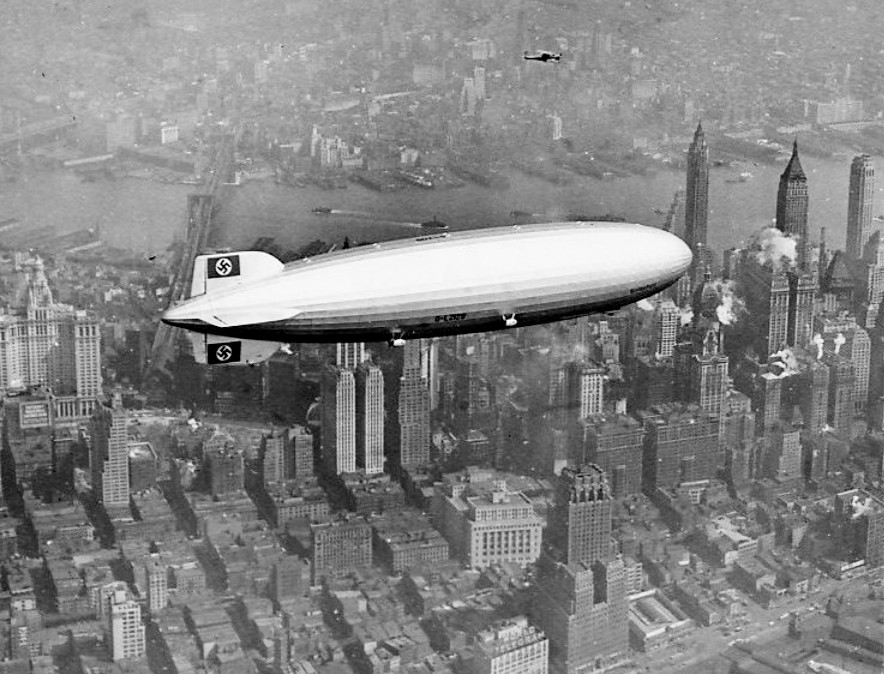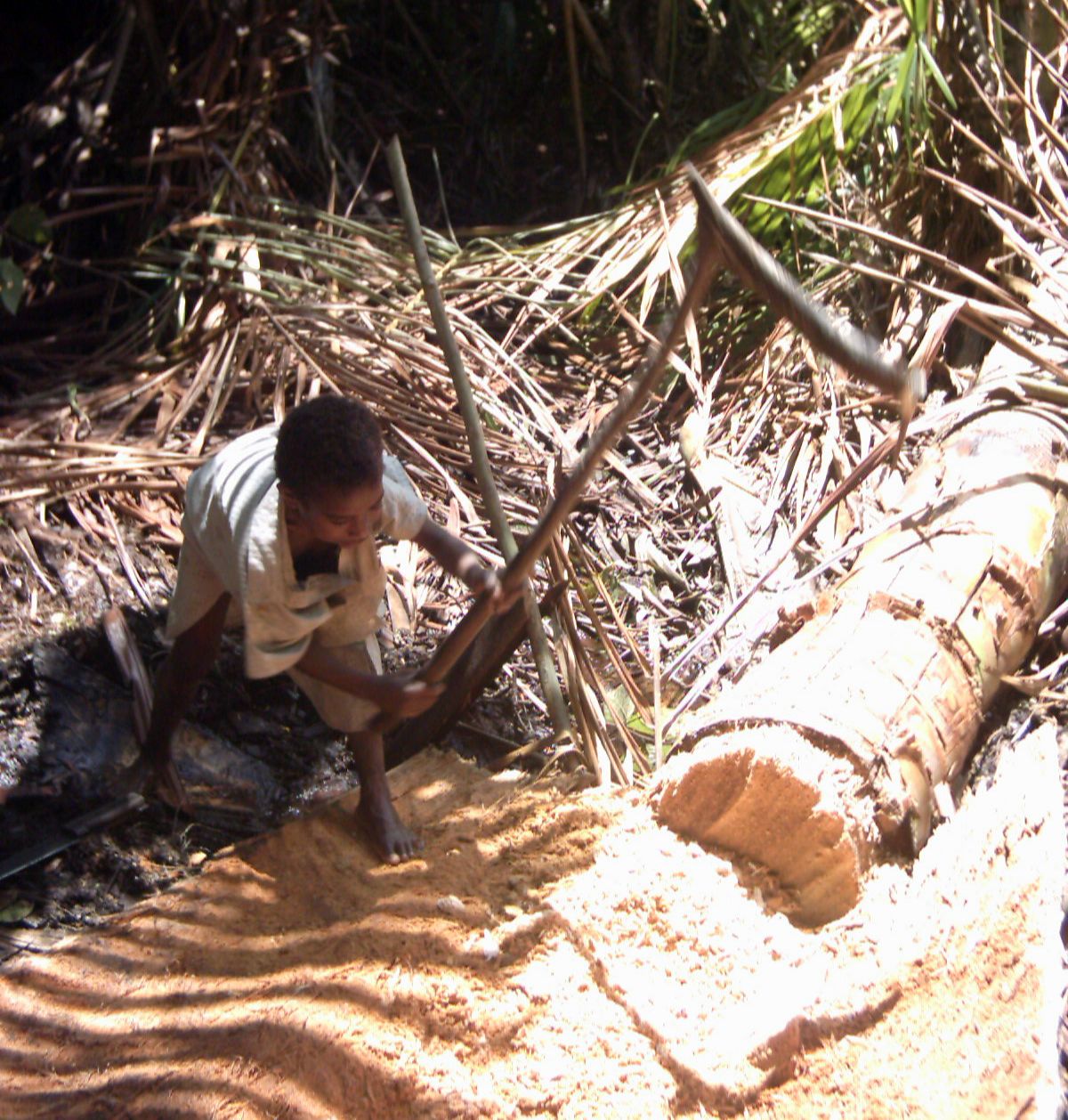|
Aircraft Fabric Covering
Aircraft fabric covering is a term used for both the material used and the process of covering aircraft open structures. It is also used for reinforcing closed plywood structures. The de Havilland Mosquito is an example of this technique, as are the pioneering all-wood monocoque fuselages of certain World War I German aircraft like the LFG Roland C.II in its wrapped ''Wickelrumpf'' plywood strip and fabric covering. Early aircraft used organic materials such as cotton and cellulose nitrate Aircraft dope, dope; modern fabric-covered designs usually use Synthetic fibers, synthetic materials such as Dacron and butyrate dope for adhesive. Modern methods are often used in the restoration of older types that were originally covered using traditional methods. Purpose/requirements The purposes of the fabric covering of an aircraft are: * To provide a light airproof skin for lifting and control surfaces. * To provide structural strength to otherwise weak structures. * To cover other ... [...More Info...] [...Related Items...] OR: [Wikipedia] [Google] [Baidu] |
Wright Flyer
The ''Wright Flyer'' (also known as the ''Kitty Hawk'', ''Flyer'' I or the 1903 ''Flyer'') made the first sustained flight by a manned heavier-than-air powered and controlled aircraft on December 17, 1903. Invented and flown by brothers Wright brothers, Orville and Wilbur Wright, it marked the beginning of the Aviation in the pioneer era, pioneer era of aviation. The aircraft is a single-place biplane design with Dihedral (aeronautics)#Anhedral and polyhedral, anhedral (drooping) wings, front double Elevator (aeronautics), elevator (a canard (aeronautics), canard) and rear double rudder. It used a gasoline engine powering two pusher propellers. Employing "wing warping", it was relatively unstable and very difficult to fly. The Wright brothers flew it four times in a location now part of the town of Kill Devil Hills, North Carolina, Kill Devil Hills, about south of Kitty Hawk, North Carolina. The airplane flew on its fourth and final flight, but was damaged on landing, and ... [...More Info...] [...Related Items...] OR: [Wikipedia] [Google] [Baidu] |
Airspeed
In aviation, airspeed is the speed of an aircraft relative to the air it is flying through (which itself is usually moving relative to the ground due to wind). In contrast, the ground speed is the speed of an aircraft with respect to the surface of the Earth (whether over land or presumed-stationary water). It is difficult to measure the exact airspeed of the aircraft (true airspeed), but other measures of airspeed, such as indicated airspeed and Mach number give useful information about the capabilities and limitations of airplane performance. The common measures of airspeed are: * Indicated airspeed (IAS), what is read on an airspeed gauge connected to a pitot-static system. * Calibrated airspeed (CAS), indicated airspeed adjusted for pitot system position and installation error. * True airspeed (TAS) is the actual speed the airplane is moving through the air. When combined with aircraft direction, wind speed and direction, it can be used to calculate ground speed and ... [...More Info...] [...Related Items...] OR: [Wikipedia] [Google] [Baidu] |
Vickers Wellington Mark X, HE239 'NA-Y', Of No
Vickers was a British engineering company that existed from 1828 until 1999. It was formed in Sheffield as a steel foundry by Edward Vickers and his father-in-law, and soon became famous for casting church bells. The company went public in 1867, acquired more businesses, and began branching out into military hardware and shipbuilding. In 1911, the company expanded into aircraft manufacture and opened a flying school. They expanded even further into electrical and railway manufacturing, and in 1928 acquired an interest in the Supermarine. Beginning in the 1960s, various parts of the company were nationalised, and in 1999 the rest of the company was acquired by Rolls-Royce plc, which sold the defence arm to Alvis plc. The Vickers name lived on in Alvis Vickers, until the latter was acquired by BAE Systems in 2004 to form BAE Systems Land Systems. History Early history Vickers was formed in Sheffield as a steel foundry by Edward Vickers and his father-in-law George Naylor ... [...More Info...] [...Related Items...] OR: [Wikipedia] [Google] [Baidu] |
Airship
An airship, dirigible balloon or dirigible is a type of aerostat (lighter-than-air) aircraft that can navigate through the air flying powered aircraft, under its own power. Aerostats use buoyancy from a lifting gas that is less dense than the surrounding air to achieve the lift (physics), lift needed to stay airborne. In early dirigibles, the lifting gas used was hydrogen gas, hydrogen, due to its high lifting capacity and ready availability, but the inherent flammability led to several fatal accidents that rendered hydrogen airships obsolete. The alternative lifting gas, helium gas is not flammable, but is rare and relatively expensive. Significant amounts were first discovered in the United States and for a while helium was only available for airship usage in North America. Most airships built since the 1960s have used helium, though some have used thermal airship, hot air. The envelope of an airship may form the gasbag, or it may contain a number of gas-filled cells. An air ... [...More Info...] [...Related Items...] OR: [Wikipedia] [Google] [Baidu] |
Hindenburg Disaster
The ''Hindenburg'' disaster was an airship accident that occurred on May 6, 1937, in Manchester Township, New Jersey, Manchester Township, New Jersey, United States. The LZ 129 Hindenburg, LZ 129 ''Hindenburg'' (; Aircraft registration, Registration: D-LZ 129) was a German commercial passenger-carrying rigid airship, the lead ship of the Hindenburg class airship, ''Hindenburg'' class, the longest class of flying machine and the largest airship by envelope volume."Hindenburg Statistics." airships.net, 2009. Retrieved: July 22, 2017. It was designed and built by the Zeppelin Company (Luftschiffbau Zeppelin, ''Luftschiffbau Zeppelin GmbH'') and operated by the German Zeppelin Airline Company (''Deutsche Zeppelin-Reederei''). It was named after ''Generalfeldmarschall'' Paul von Hindenburg, who was President of Germany (1919� ... [...More Info...] [...Related Items...] OR: [Wikipedia] [Google] [Baidu] |
Hydrogen
Hydrogen is a chemical element; it has chemical symbol, symbol H and atomic number 1. It is the lightest and abundance of the chemical elements, most abundant chemical element in the universe, constituting about 75% of all baryon, normal matter. Under standard conditions, hydrogen is a gas of diatomic molecules with the chemical formula, formula , called dihydrogen, or sometimes hydrogen gas, molecular hydrogen, or simply hydrogen. Dihydrogen is colorless, odorless, non-toxic, and highly combustible. Stars, including the Sun, mainly consist of hydrogen in a plasma state, while on Earth, hydrogen is found as the gas (dihydrogen) and in molecular forms, such as in water and organic compounds. The most common isotope of hydrogen (H) consists of one proton, one electron, and no neutrons. Hydrogen gas was first produced artificially in the 17th century by the reaction of acids with metals. Henry Cavendish, in 1766–1781, identified hydrogen gas as a distinct substance and discovere ... [...More Info...] [...Related Items...] OR: [Wikipedia] [Google] [Baidu] |
Hugo Junkers
Hugo Junkers (3 February 1859 – 3 February 1935) was a German aircraft engineer and aircraft designer who pioneered the design of all-metal airplanes and flying wings. His company, Junkers Flugzeug- und Motorenwerke AG (Junkers Aircraft and Motor Works), was one of the mainstays of the German aircraft industry in the years between World War I and World War II. His multi-engined, all-metal passenger and freight planes helped establish airlines in Germany and around the world. In addition to aircraft, Junkers also built both diesel and petrol engines and held various thermodynamic and metallurgical patents. He was also one of the main sponsors of the Bauhaus movement and facilitated the move of the Bauhaus from Weimar to Dessau (where his factory was situated) in 1925. Amongst the highlights of his career were the Junkers J 1 of 1915, the world's first practical all-metal aircraft, incorporating a cantilever wing design with virtually no external bracing, the Junkers F ... [...More Info...] [...Related Items...] OR: [Wikipedia] [Google] [Baidu] |
War Trophy
__NOTOC__ A war trophy is an item taken during warfare by an invading force. Common war trophies include flags, weapons, vehicles, and art. History In ancient Greece and ancient Rome, military victories were commemorated with a display of captured arms and standards. A trophy (from the Greek tropaion) was originally a war memorial assembled from such items on a battlefield. The Roman triumph also displayed these items as well as cultural objects, which later came to be called war trophies. Body parts of slain enemies have sometimes served as trophies since antiquity, in a practice called human trophy collecting. The recovery of Roman eagles taken as trophies by enemy forces sometimes inspired years of added warfare. In more recent times, it has been common for soldiers to return home with souvenirs, such as enemy weapons and flags, while larger military items captured in battle, particularly weaponry such as machine guns and artillery pieces, became the property of the sta ... [...More Info...] [...Related Items...] OR: [Wikipedia] [Google] [Baidu] |
Biplanes
A biplane is a fixed-wing aircraft with two main wings stacked one above the other. The first powered, controlled aeroplane to fly, the Wright Flyer, used a biplane wing arrangement, as did many aircraft in the early years of aviation. While a biplane wing structure has a structural advantage over a monoplane, it produces more drag (aerodynamics), drag than a monoplane wing. Improved structural techniques, better materials and higher speeds made the biplane configuration obsolete for most purposes by the late 1930s. Biplanes offer several advantages over conventional cantilever monoplane designs: they permit lighter wing structures, low wing loading and smaller span for a given wing area. However, interference between the airflow over each wing increases drag substantially, and biplanes generally need extensive bracing, which causes additional drag. Biplanes are distinguished from tandem wing arrangements, where the wings are placed forward and aft, instead of above and below. ... [...More Info...] [...Related Items...] OR: [Wikipedia] [Google] [Baidu] |
Aviation In World War I
World War I was the first major conflict involving the use of aircraft. Tethered observation balloons had already been employed in several wars and would be used extensively for artillery spotting. German Empire, Germany employed Zeppelins for reconnaissance over the North Sea and Baltic Sea, Baltic and also for strategic bombing raids over Britain and the Eastern Front. Airplanes were just coming into military use at the outset of the war. Initially, they were used mostly for reconnaissance. Pilots and engineers learned from experience, leading to the development of many specialized types, including Fighter aircraft, fighters, bombers, and Ground-attack aircraft, trench strafers. Fighter ace, Ace fighter pilots were portrayed as modern knights, and many became popular heroes. The war also saw the appointment of Air commanders of World War I, high-ranking officers to direct the belligerent nations' air war efforts. While the impact of airplanes on the course of the war was mainl ... [...More Info...] [...Related Items...] OR: [Wikipedia] [Google] [Baidu] |
Sago
Sago () is a starch extracted from the pith, or spongy core tissue, of various tropical palm stems, especially those of ''Metroxylon sagu''. It is a major staple food for the lowland peoples of New Guinea and the Maluku Islands, where it is called ''saksak'', ''rabia'' and ''sagu''. The largest supply of sago comes from Melanesia region, particularly Eastern Indonesia. Large quantities of sago are sent to Europe and North America for cooking purposes. It is traditionally cooked and eaten in various forms, such as rolled into balls, mixed with boiling water to form a glue-like paste (Papeda (food), papeda), or as a pancake. Sago is often produced commercially in the form of "pearls" (small rounded starch aggregates, partly Starch gelatinization, gelatinized by heating). Sago pearls can be boiled with water or milk and sugar to make a sweet sago pudding. Sago pearls are similar in appearance to the pearled starches of other origin, e.g. cassava starch (tapioca) and potato starch ... [...More Info...] [...Related Items...] OR: [Wikipedia] [Google] [Baidu] |







